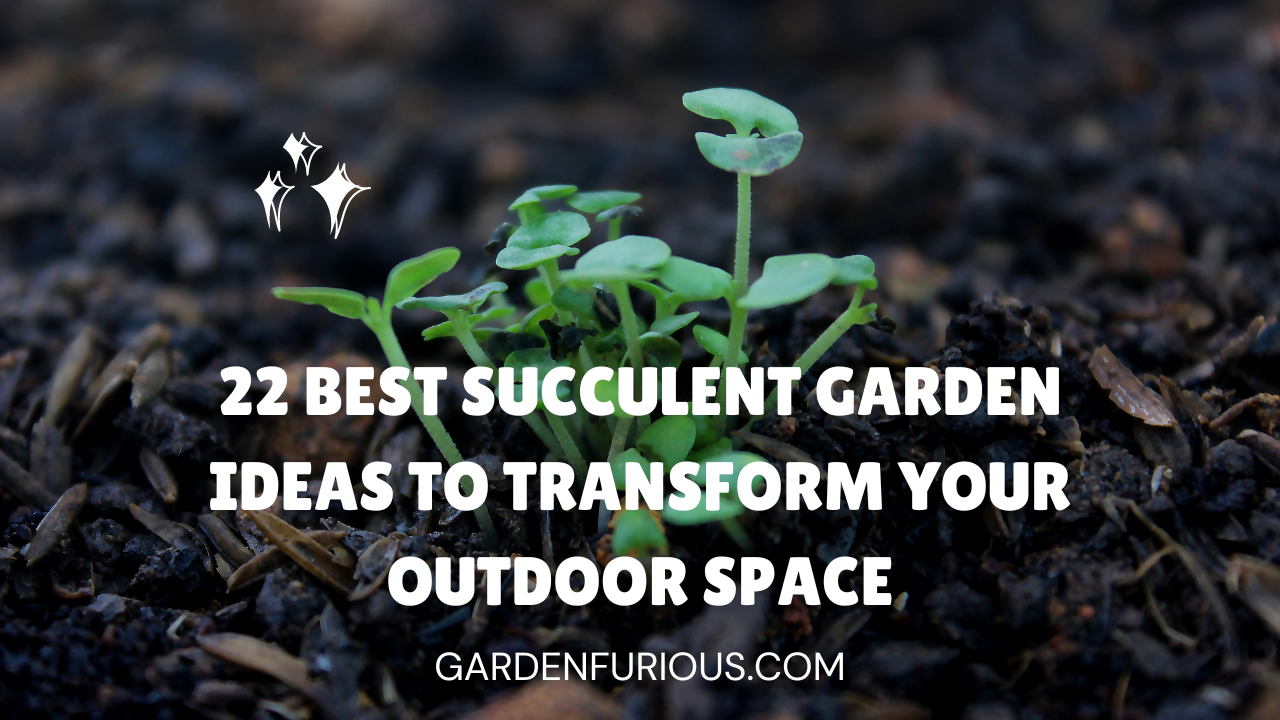Succulents have skyrocketed in popularity due to their striking appearance and low-maintenance nature. Whether you’re a seasoned plant enthusiast or just beginning your green thumb journey, succulent care is an art form you can easily master. From light and watering needs to soil types and propagation, this guide will help you understand how to keep your succulents thriving.
Why Succulents are Popular
Succulents are beloved for their ability to survive in harsh, dry environments. These resilient plants store water in their thick leaves and stems, which makes them adaptable to drought conditions. Succulents come in a wide variety of shapes, colors, and sizes, making them perfect for adding texture and variety to any indoor or outdoor space.
Best Lighting for Succulents
Proper light exposure is crucial for keeping succulents healthy. They thrive on bright, indirect sunlight, though some species can handle a bit of direct light. Placing your succulents in a south or west-facing window is typically ideal for most types.
However, too much direct sunlight can burn the leaves of delicate species, so be mindful of how long they’re exposed. If your succulents begin to stretch or lean, it’s a clear sign they need more light. Artificial grow lights are also a good alternative if natural light is limited in your home.
Watering Succulents: Less is More
One of the most common mistakes succulent owners make is overwatering. Succulents require far less water than typical houseplants. A general rule is to use the “soak and dry” method: thoroughly water the plant, then let the soil dry out completely before watering again. Watering once every 2-4 weeks is generally enough, but this can vary based on your local climate and the size of the pot.
Succulents store water in their leaves, so they don’t need frequent watering. In fact, soggy soil can lead to root rot, one of the most frequent causes of death for succulents. It’s essential to let the soil dry between watering sessions and avoid letting water sit in the pot’s drainage tray.
Soil and Potting Mix for Succulents
Choosing the right soil mix is vital for succulents. These plants need a well-draining soil to prevent root rot and ensure their health. A specialized succulent or cactus potting mix is often the best choice, but you can also make your own by combining equal parts sand, perlite, and peat moss. This combination allows for efficient drainage while retaining just enough moisture to keep the plant hydrated.
Your pot should also have adequate drainage holes, as succulents do not tolerate standing water. Terracotta pots are a great option because they allow for airflow and excess moisture to escape.
Temperature and Humidity Considerations
Succulents prefer a warm, dry environment, typically thriving in temperatures between 60°F and 80°F. Most species can even tolerate drops to 50°F during dormancy but should be kept away from frost and cold drafts during the winter months.
Humidity should be on the low side. High humidity can cause succulents to rot or develop mold, so it’s important to avoid misting them or placing them near humidifiers.
Pruning Succulents for Better Growth
Pruning helps succulents grow more densely and maintain a neat appearance. Regularly removing dead or yellowing leaves encourages healthier growth. It’s best to prune during the growing season (spring or summer), and you should always make your cuts just above the node to encourage branching. Succulents are hardy, so they can withstand substantial pruning without harm.
Common Succulent Problems and Pests
Even though succulents are low-maintenance, they can occasionally face challenges. The most common pests include spider mites, aphids, and mealybugs, all of which can be eliminated using insecticidal soap or neem oil. Root rot is another frequent issue, caused by overwatering or poorly-draining soil. Ensure that you only water when the soil is fully dry and that your pots have drainage holes.
If you notice leggy growth—when succulents stretch toward the light—this indicates they need more sunlight. Reposition them to a brighter spot in your home or consider supplementing with artificial lights.
How to Propagate Succulents
One of the most exciting parts of succulent care is propagation. There are several methods to propagate succulents, but the most common are:
- Leaf Cuttings: Gently pluck a healthy leaf from the mother plant, let it dry for a few days to callous, then place it on top of well-draining soil. Over time, roots will emerge, and a new plant will grow.
- Offsets or “Pups”: Many succulents produce baby plants, or “pups,” around their base. These can be gently pulled off and replanted to create new succulents.
- Stem Cuttings: Some succulent varieties, like the popular echeveria, can be propagated by cutting a part of the stem and planting it in soil.
Each of these methods allows you to expand your succulent collection effortlessly!
Repotting Succulents: When and How
Succulents generally need to be repotted every 1-2 years, depending on growth. The best time to repot is during their active growing season in spring or early summer. Repotting is necessary when the succulent outgrows its pot or the soil becomes too compacted to drain properly.
When repotting, gently remove the plant from its old pot, check the roots for any signs of rot (brown or mushy roots should be trimmed), and place the plant in a fresh pot with a well-draining soil mix. This ensures the succulent has enough room to grow and stay healthy.
FAQs About Succulent Care
1. Can succulents survive in low light?
While most succulents prefer bright, indirect light, some varieties can tolerate low-light conditions. However, they might grow more slowly or become leggy if they don’t get enough light.
2. How do I know when to water my succulent?
The best way to check if your succulent needs water is to stick your finger about an inch deep into the soil. If it feels dry, it’s time to water. Another method is to lift the pot—if it feels light, the soil is dry.
3. Can succulents live outdoors?
Yes! Many succulents can thrive outdoors in warmer climates. Just make sure they are not exposed to too much rain or frost, and be mindful of how much direct sunlight they receive.
Conclusion
Caring for succulents is simple once you understand their basic needs. From proper watering techniques to ensuring the right amount of sunlight, following these tips will help your succulent garden flourish. Remember, the key to successful succulent care is moderation—give them enough light, water sparingly, and ensure proper drainage, and your plants will thrive for years to come!





